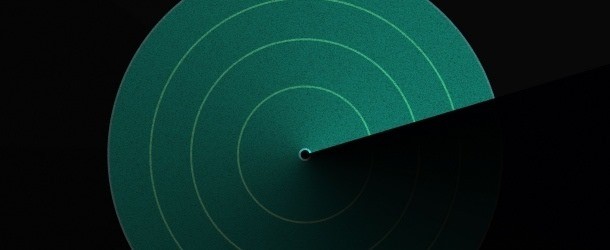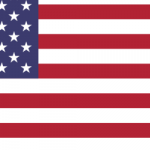IQT Blog: Will a Quantum Radar Set Off A New Round of Quantum Spending?

Will a Quantum Radar Set Off A New Round of Quantum Spending?
Inside Quantum Technology believes that an interesting side show in the escalating quantum rivalry between the USA, China and Russia is developing and will lead to growing expenditures on quantum radar:
• Since the development of the F-117 stealth fighter in the 1980’s — stealth aircraft have formed a key part of strategic air doctrine. Stealth aircraft changed air warfare from a resource-complicated mix of aircraft and electrical counter measures to warfare where stealthy offensive aircraft could penetrate most enemy airspace with relative ease
• In 2016, the China Electronics Technology Group Corporation (CETC) announced a practical quantum radar that could detect stealth aircraft and was jamming/spoofing resistant. Reports said that the Chinese quantum radar was effective to a distance of 62 miles and used a single photon detector. In 2018, the Chinese quantum radar was on display at an airshow in Zhuhai.
Quantum radar, if widely deployed, would have a dramatic impact on the modern battlefield. It would make obsolete many of improvements in 5th generation stealth aircraft that took billions of dollars to develop and deploy. Quantum radar is lower power than traditional microwave radar and presents a much more difficult target for invading forces to find and destroy.
It’s an Ill Wind
Next-generation quantum radar might pushes the balance of power between airpower and air defenses back to the 1980s before stealth. It may even push it back to the situation in the 1960s when jamming was in its infancy and air defenses took devastating tolls on US aircraft in the Vietnam War. But while the threat of quantum radar may throw military establishments into chaos, it is – as they say – an ill wind that blows no one any good. We anticipate a well-funded quantum radar arms race in the near future:
• The fast-growing quantum radar market will create a new burst of demand for specialized lasers, single photon generator, photon detectors, and visible to microwave frequency converters. What is especially positive for this market is that winning the race to deploy, trumps cost
• While the majority of the funding in the US will be going to the major defense contractors, smaller firms developing dual use technology components which have applications to both quantum radar and civilian quantum applications will find a significant opportunity
• Nonetheless practical issues need to be addressed for widespread adoption of quantum radar, which is really a “free space” application of quantum entanglement. For free space entanglement, anything that blocks the signal from sender to receiver can be problematic. Fog, rain, smog, distortions from heat, and bright light can all affect send/receive quality and such signal integrity must be addressed. The long ranges required for effective combat radars will require significant improvements in both signal generator and receiver sensitivity before quantum radar can be effectively deployed.
Currently expenditures on defense radar are in the $10 to 15 billion and we expect these numbers to increase significantly if the impact that we describe above turns out to be real. For more details on the business opportunities see Inside Quantum Technology’s forthcoming report: “Markets for Quantum LiDAR and Quantum Radar 2020-2029.”



















